The world of muscle cars is a rich tapestry of power and performance, and Mopar has been a pivotal player in this arena. Synonymous with American muscle, Mopar vehicles have been revered for their style, speed, and the unique roar of their engines. Let’s take a journey through some of the most iconic Mopar models that truly came out swinging.
1968 Dodge Charger R/T
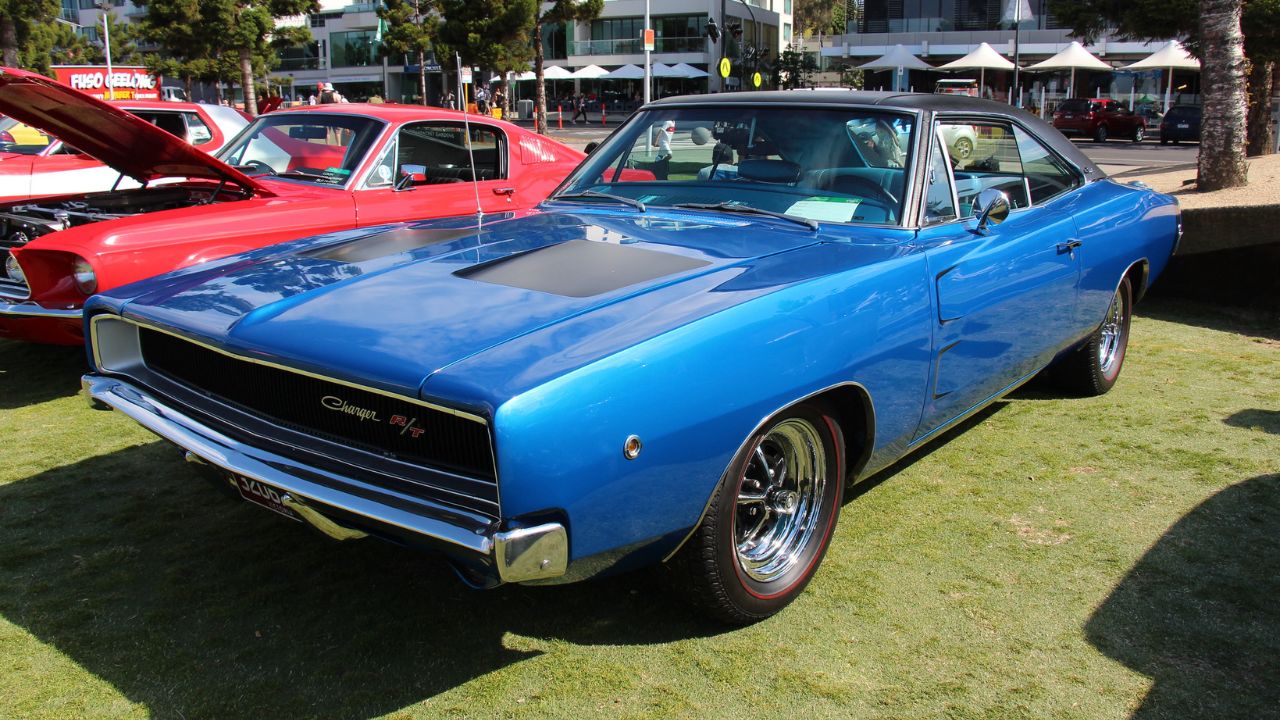
The 1968 Dodge Charger R/T remains one of the most recognizable Mopar models, thanks in part to its starring role in the movie “Bullitt.” This car was equipped with a powerful 440 Magnum V8 engine, capable of producing 375 horsepower, ensuring it had the performance to match its muscular looks. Its signature “coke-bottle” shape and hidden headlamps made it a standout in the late 1960s muscle car scene.
Not only did the Charger R/T offer exhilarating speed, but it also provided a comfortable ride, making it a favorite for both drag racers and those seeking a powerful daily driver. The combination of style, power, and comfort solidified its place in Mopar history.
1970 Plymouth Hemi ‘Cuda
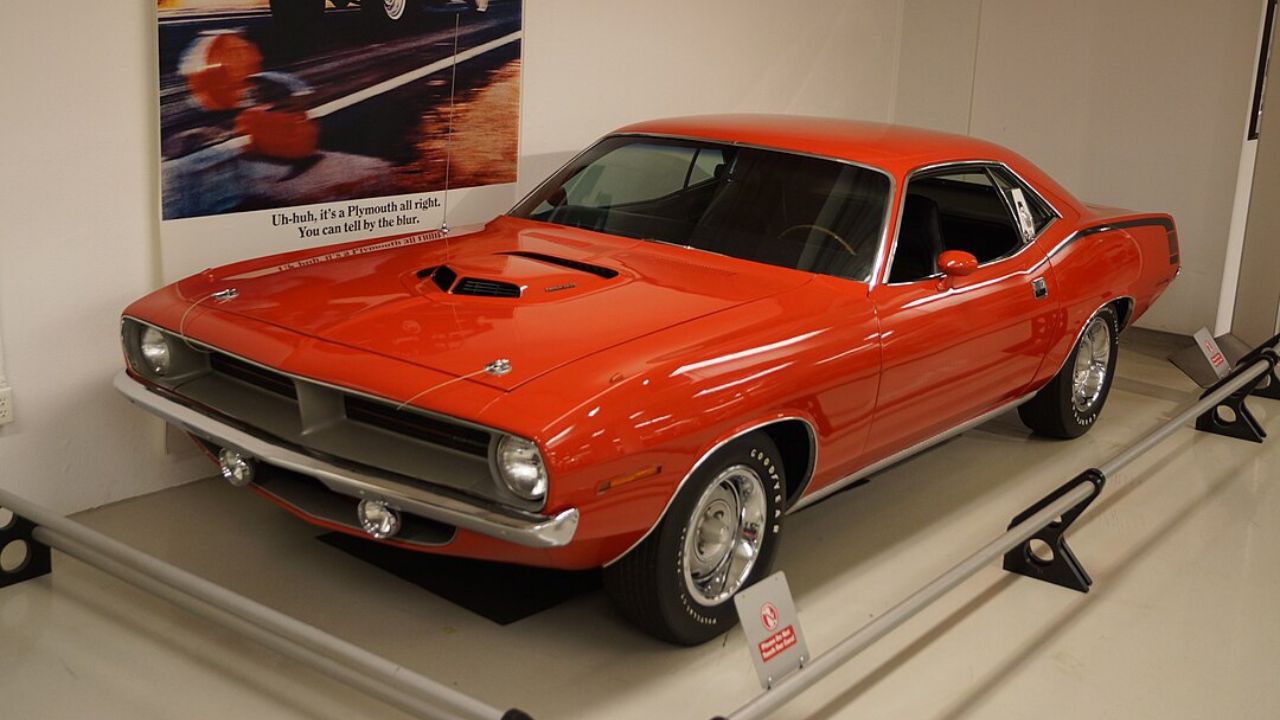
The 1970 Plymouth Hemi ‘Cuda is a true legend in the world of muscle cars. With its 426 Hemi engine, this beast could produce an impressive 425 horsepower. The Hemi ‘Cuda was designed for performance, featuring heavy-duty suspension and brakes to handle the massive power under its hood. Its aggressive styling, including the iconic shaker hood, ensured it turned heads wherever it went.
Though sold in limited numbers, the Hemi ‘Cuda’s rarity only adds to its allure today. Collectors and enthusiasts alike regard it as one of the most desirable Mopar models, embodying the essence of raw American performance.
1969 Dodge Super Bee
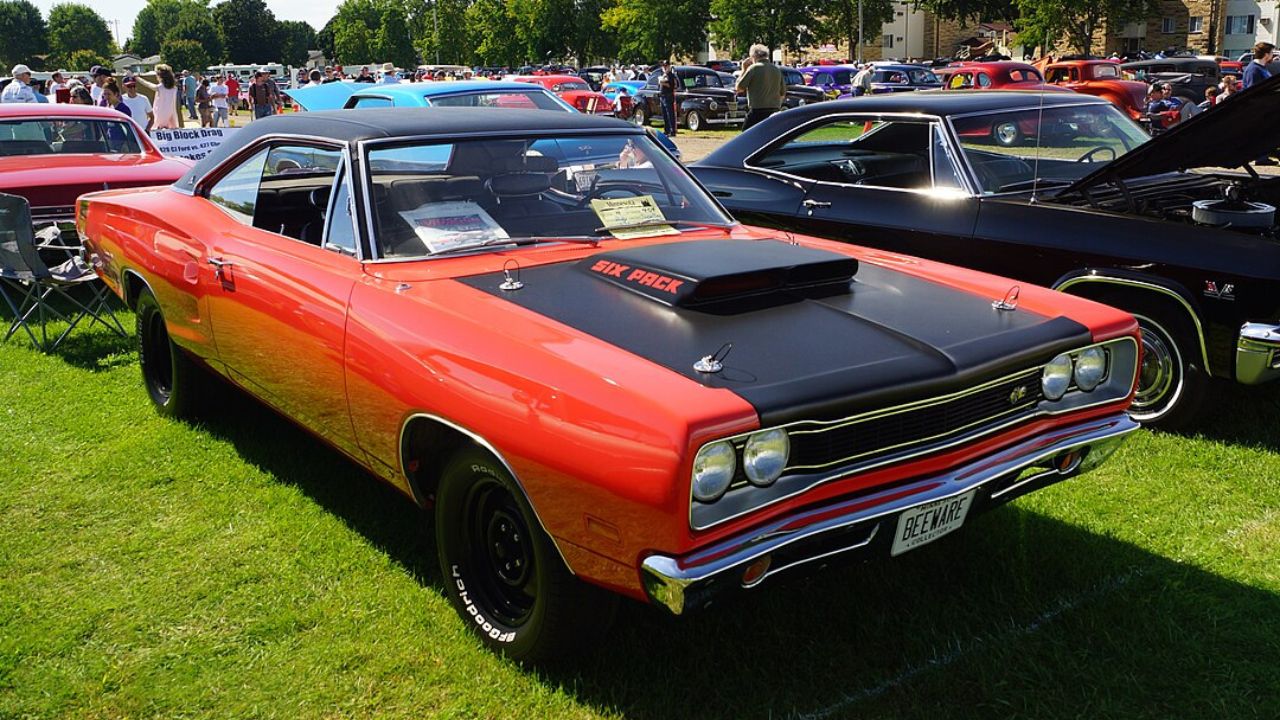
The 1969 Dodge Super Bee was introduced as a budget-friendly muscle car option, but it packed a punch that belied its price. This model came standard with a 383 cubic inch V8 engine, but drivers could opt for the 440 Six Pack or the 426 Hemi for heart-pounding performance. The Super Bee’s bold graphics and “bumble bee” rear stripes made it instantly recognizable.
Built with performance in mind, the Super Bee was a favorite among street racers. Its combination of affordability and power allowed it to carve out a niche in the competitive muscle car market, further solidifying Mopar’s reputation for creating vehicles that deliver both performance and value.
1970 Dodge Challenger R/T
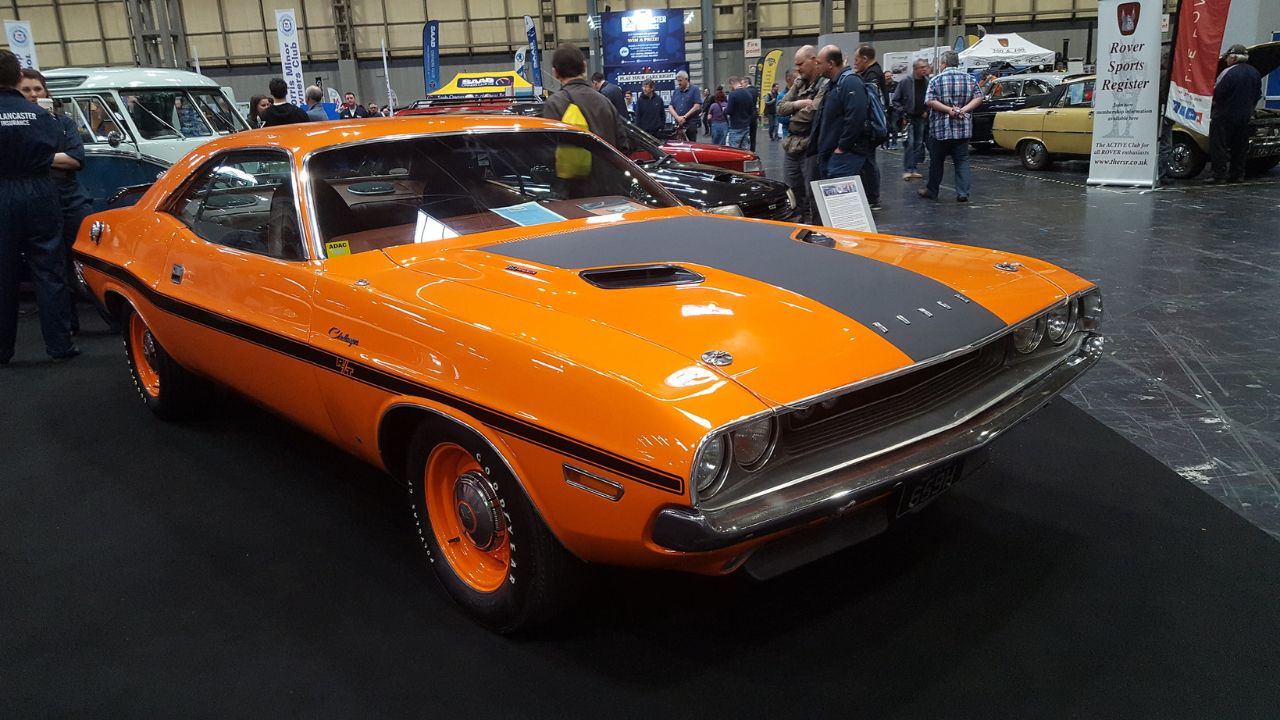
The 1970 Dodge Challenger R/T was introduced at the height of the muscle car era and quickly became one of Mopar’s most iconic models. With engine options ranging from the 340 small block to the mighty 426 Hemi, the Challenger R/T catered to a wide range of power preferences. Its long hood, short deck, and bold styling made it a standout on the road.
The Challenger R/T was designed to compete with the best in the pony car market, and it succeeded. Its combination of power, style, and versatility made it a favorite among enthusiasts and continues to be a sought-after classic today.
1969 Plymouth Road Runner
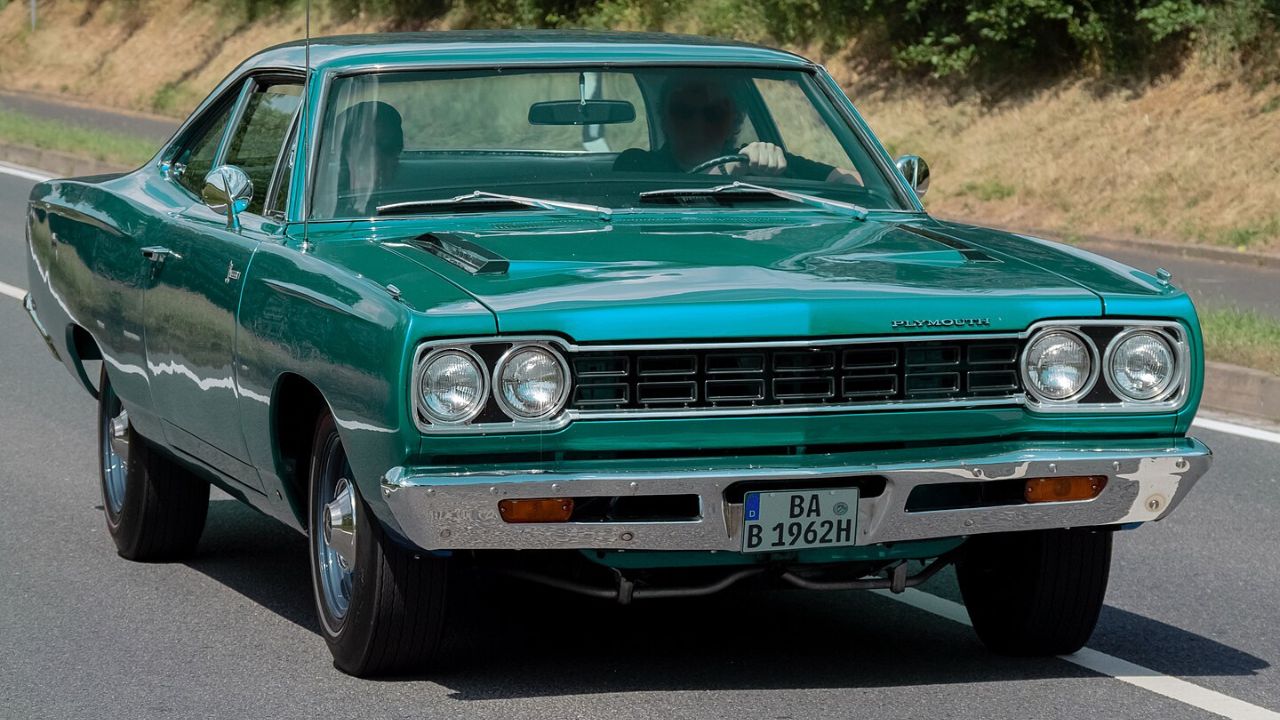
The 1969 Plymouth Road Runner was built with one goal in mind: to provide maximum performance at a minimal cost. Equipped with a standard 383 cubic inch V8 engine, it offered impressive speed and power. For those wanting even more, the 440 Six Pack and 426 Hemi options were available. Its distinctive “beep beep” horn and cartoon-inspired graphics gave it a unique personality.
The Road Runner’s blend of affordability, performance, and quirky charm made it an instant hit. It remains a favorite among collectors and is a testament to Mopar’s ability to deliver muscle without breaking the bank.
1967 Plymouth GTX
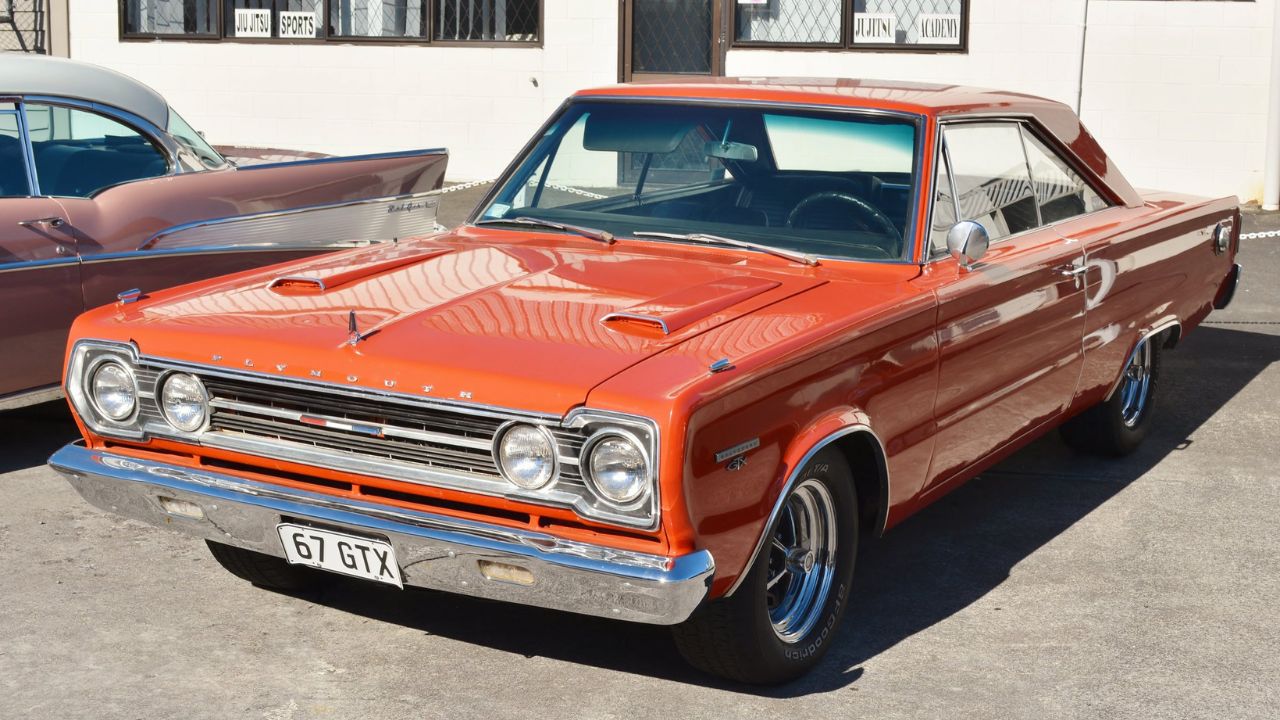
The 1967 Plymouth GTX was marketed as a “gentleman’s muscle car,” combining luxury features with high performance. It came standard with a 440 Super Commando engine, delivering 375 horsepower, while the 426 Hemi was available for those seeking even more power. Its upscale interior and distinctive styling set it apart from other muscle cars of the era.
The GTX offered the best of both worlds: muscle car performance with the comfort and features of a luxury vehicle. This unique combination made it a standout in the Mopar lineup, appealing to those who wanted power without sacrificing style and comfort.
1971 Dodge Demon 340
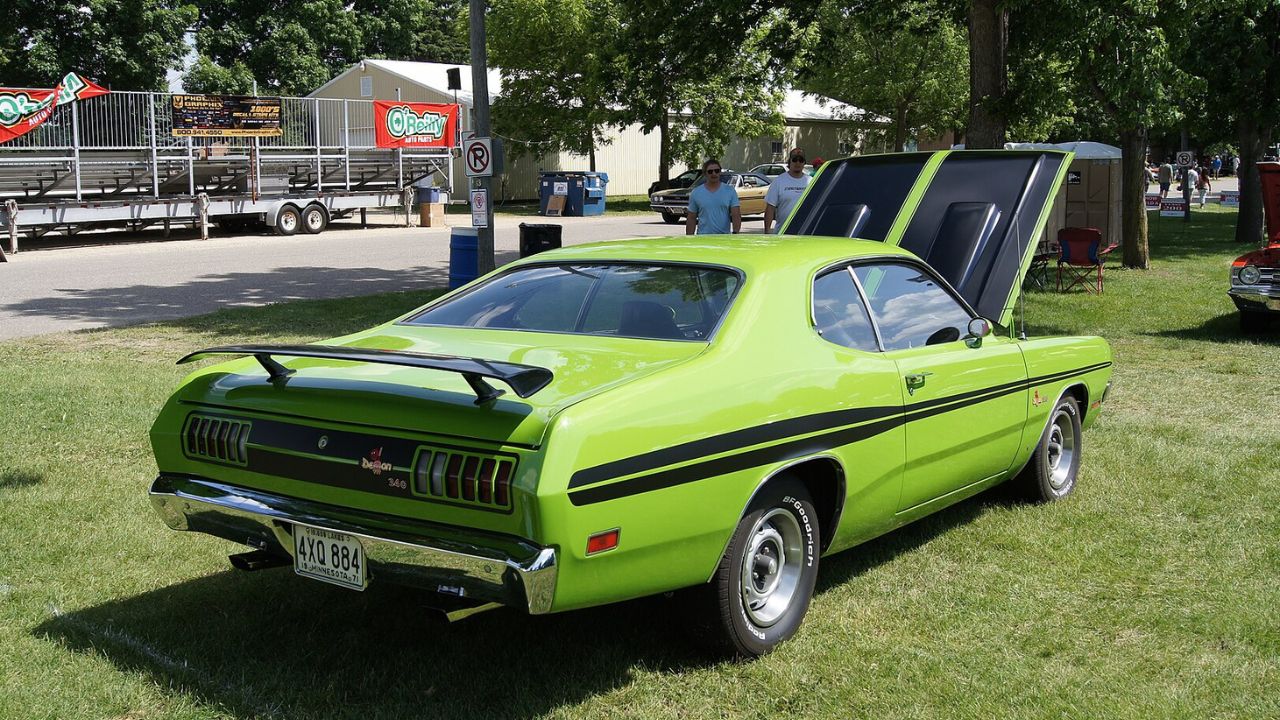
The 1971 Dodge Demon 340 was a compact muscle car that delivered big on performance. Equipped with a 340 cubic inch V8 engine, it was capable of pumping out 275 horsepower, offering a thrilling driving experience in a smaller package. The Demon’s aggressive styling, complete with a devilish cartoon mascot, set it apart from its more conservative competitors.
Despite its controversial name, the Demon 340 was well-received for its impressive power-to-weight ratio and affordability. It remains a cherished model among Mopar enthusiasts, representing an era when muscle cars began to explore new, more compact territories.
1970 Plymouth Duster 340
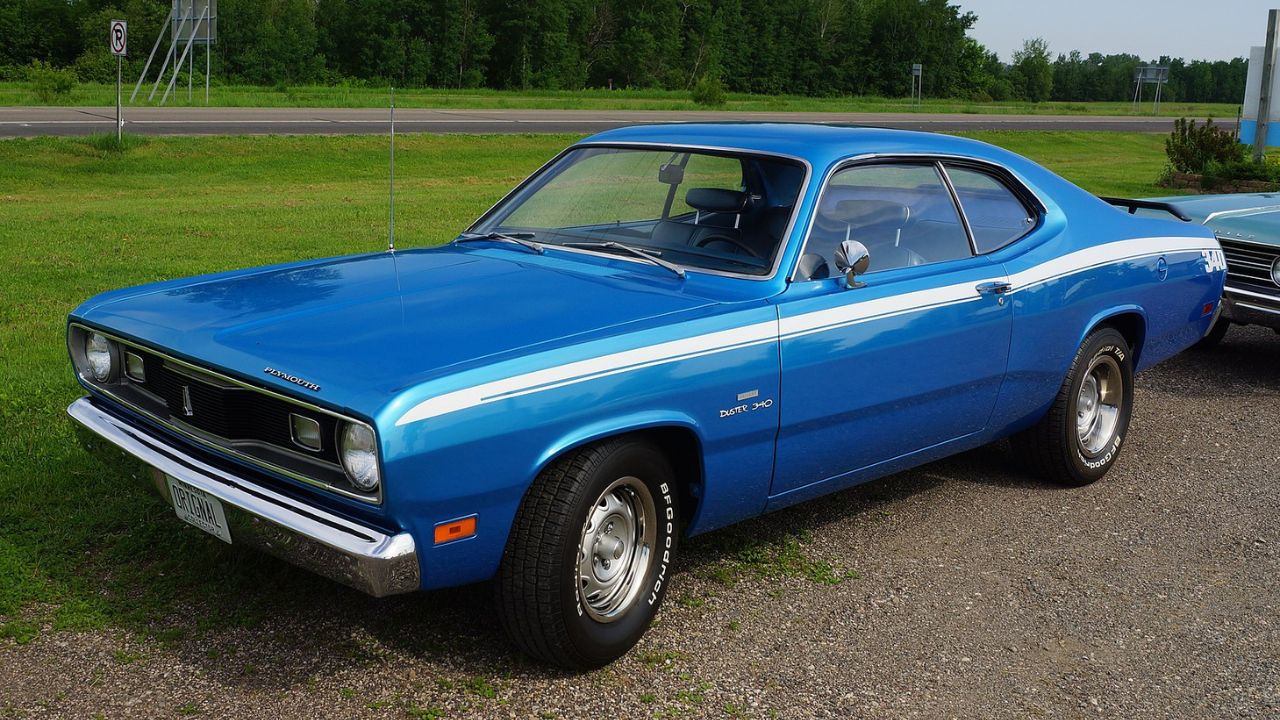
The 1970 Plymouth Duster 340 was another example of Mopar’s ability to deliver performance and value. With its 340 cubic inch engine, the Duster 340 produced 275 horsepower, making it a formidable competitor in the compact muscle car market. Its sleek, fastback design and performance-oriented features, such as heavy-duty suspension, appealed to young drivers.
The Duster 340’s combination of power, affordability, and style made it a popular choice during its time. It showcased Mopar’s innovative approach to muscle cars, focusing on delivering high performance in an accessible package.
1969 Dodge Daytona
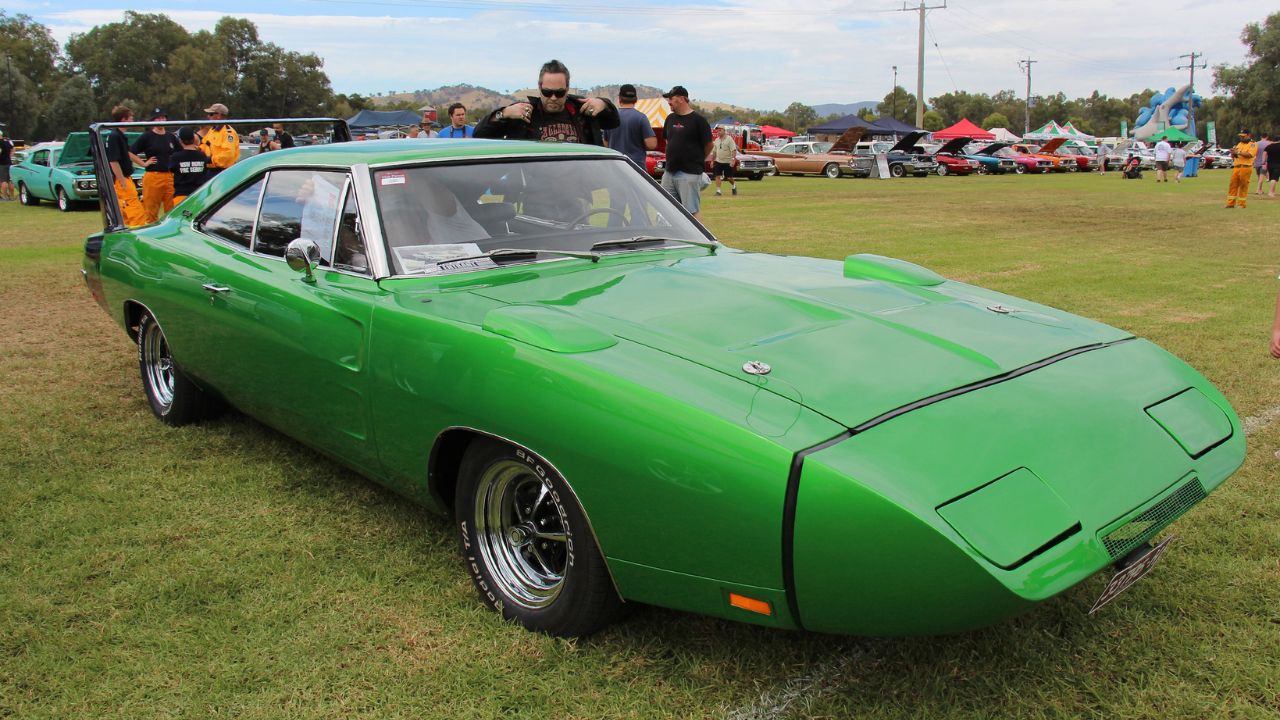
The 1969 Dodge Daytona was designed with one goal: to dominate NASCAR. Its aerodynamic design, including a massive rear wing and pointed nose, helped it achieve incredible speeds on the track. Powered by a 426 Hemi engine, the Daytona was a force to be reckoned with, setting multiple speed records during its time.
Though its production run was short, the Daytona’s impact on both racing and car design was significant. It remains an iconic model in Mopar’s history, celebrated for its unique design and racing pedigree.
1971 Plymouth Road Runner
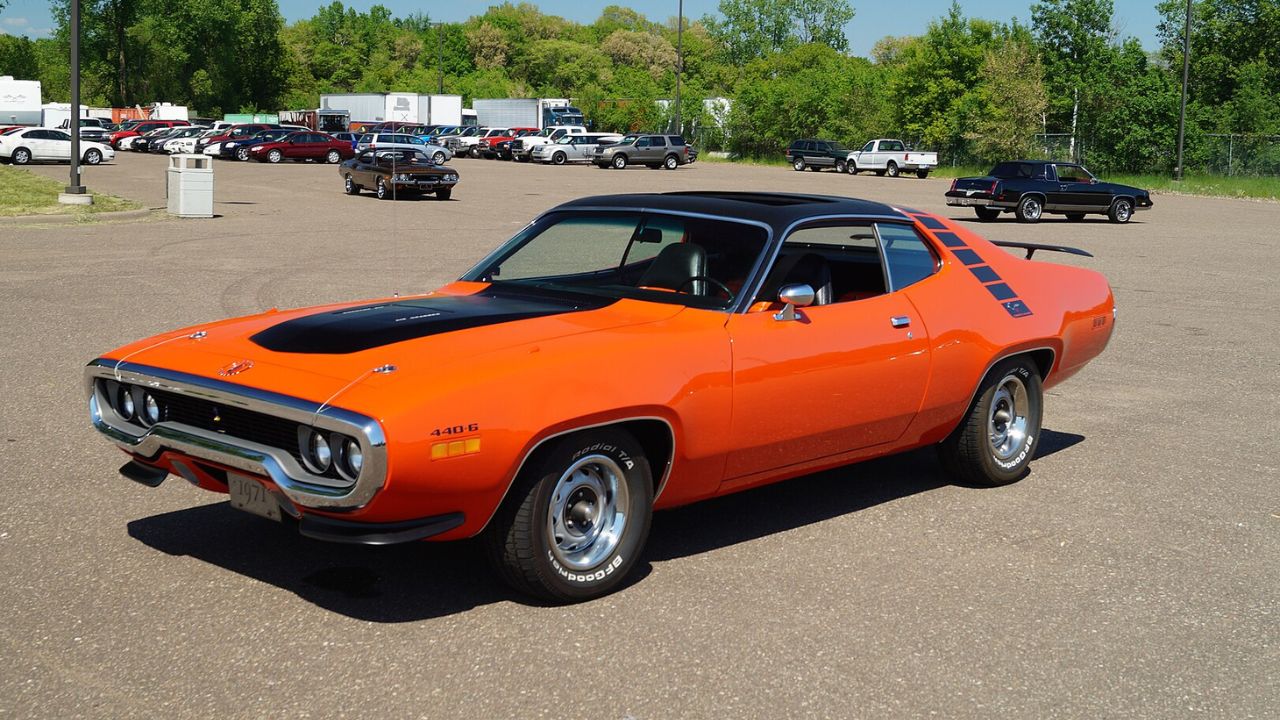
The 1971 Plymouth Road Runner continued the model’s tradition of offering high performance at an affordable price. With the introduction of the 440 Six Barrel and 426 Hemi engine options, the Road Runner could compete with the best of the era. Its updated design featured a more rounded body and vibrant graphics, capturing the spirit of the early 1970s.
The Road Runner’s mix of power, affordability, and distinctive styling ensured its place in the muscle car hall of fame. It remains a favorite among collectors and enthusiasts, a symbol of Mopar’s commitment to performance and style.
Like Fast Lane Only’s content? Be sure to follow us.
Here’s more from us:
*Created with AI assistance and editor review.

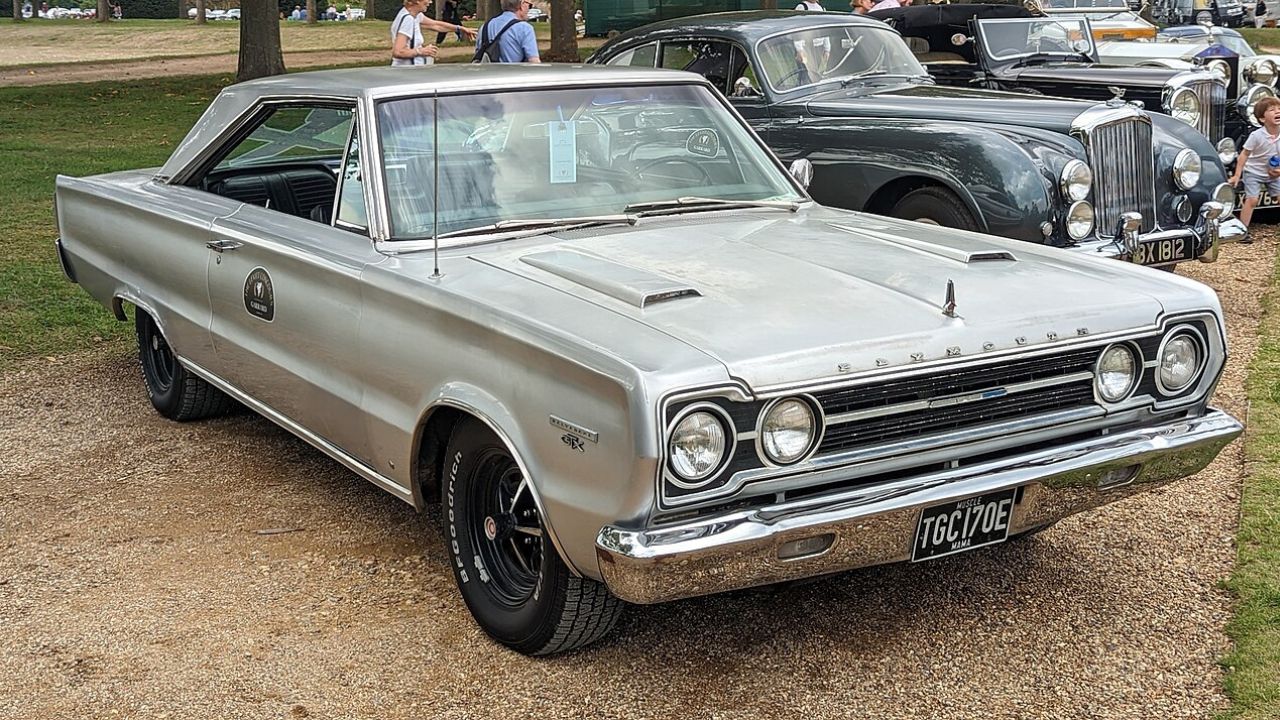

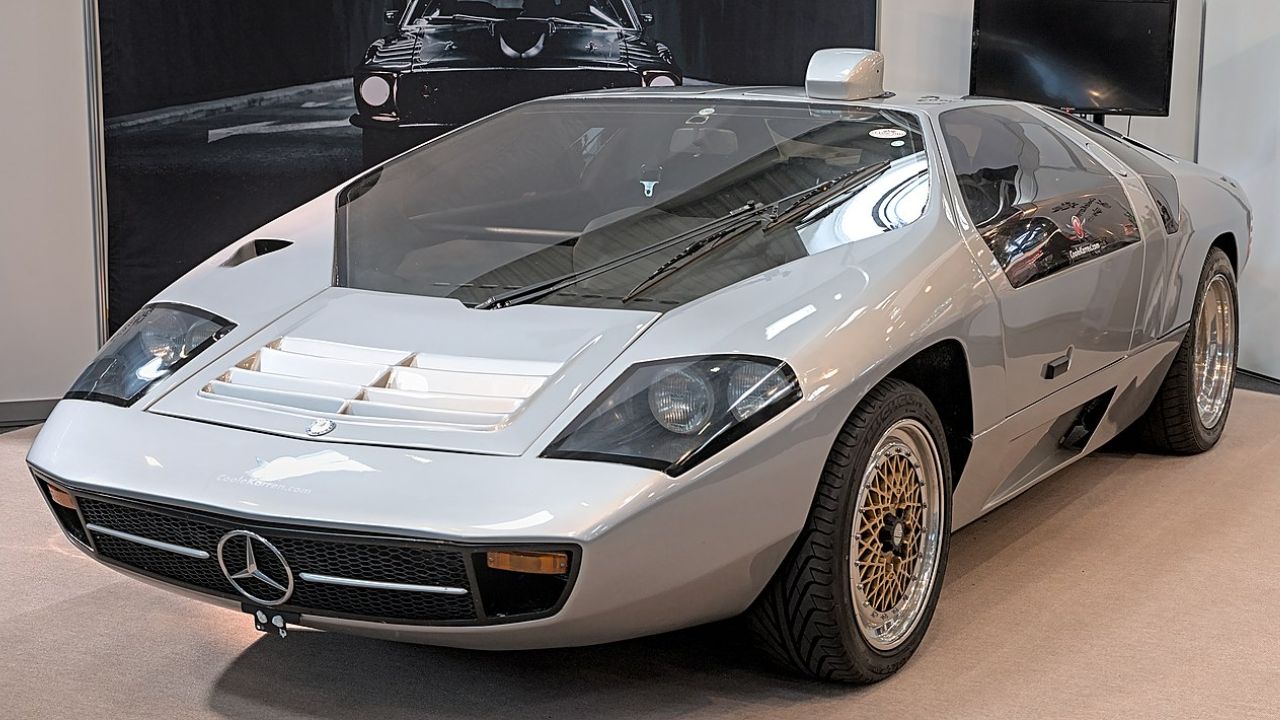
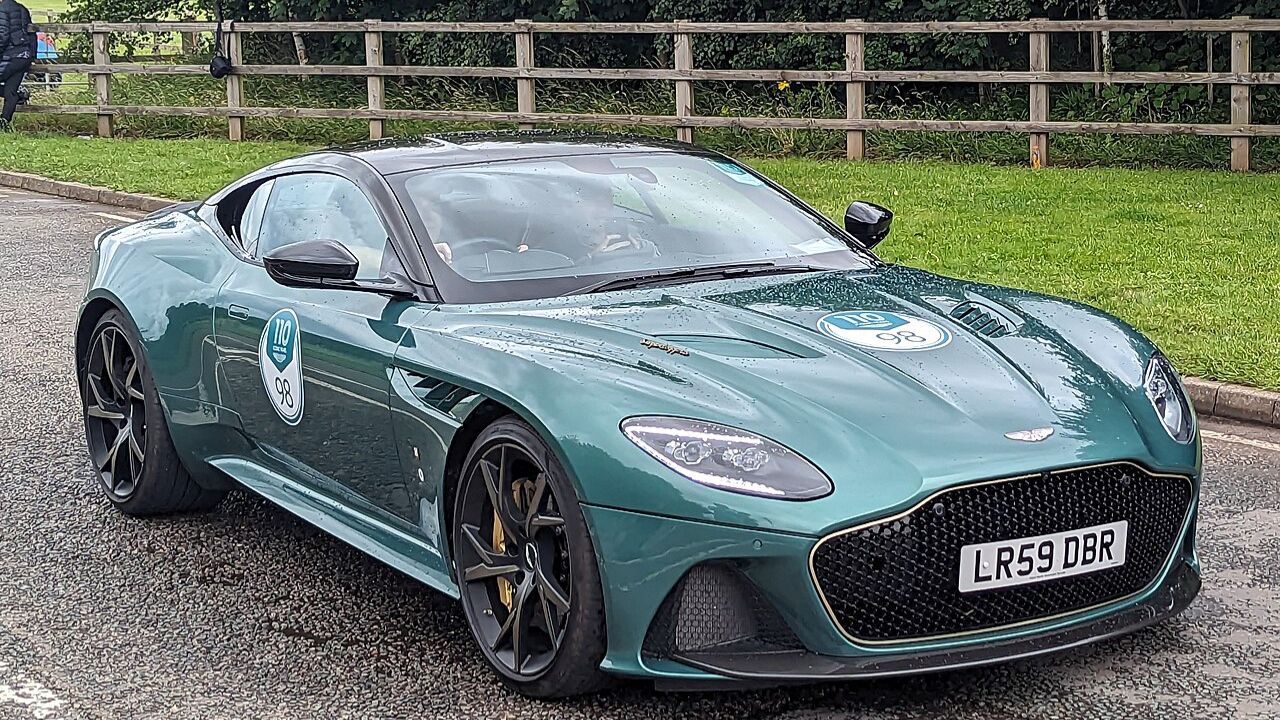
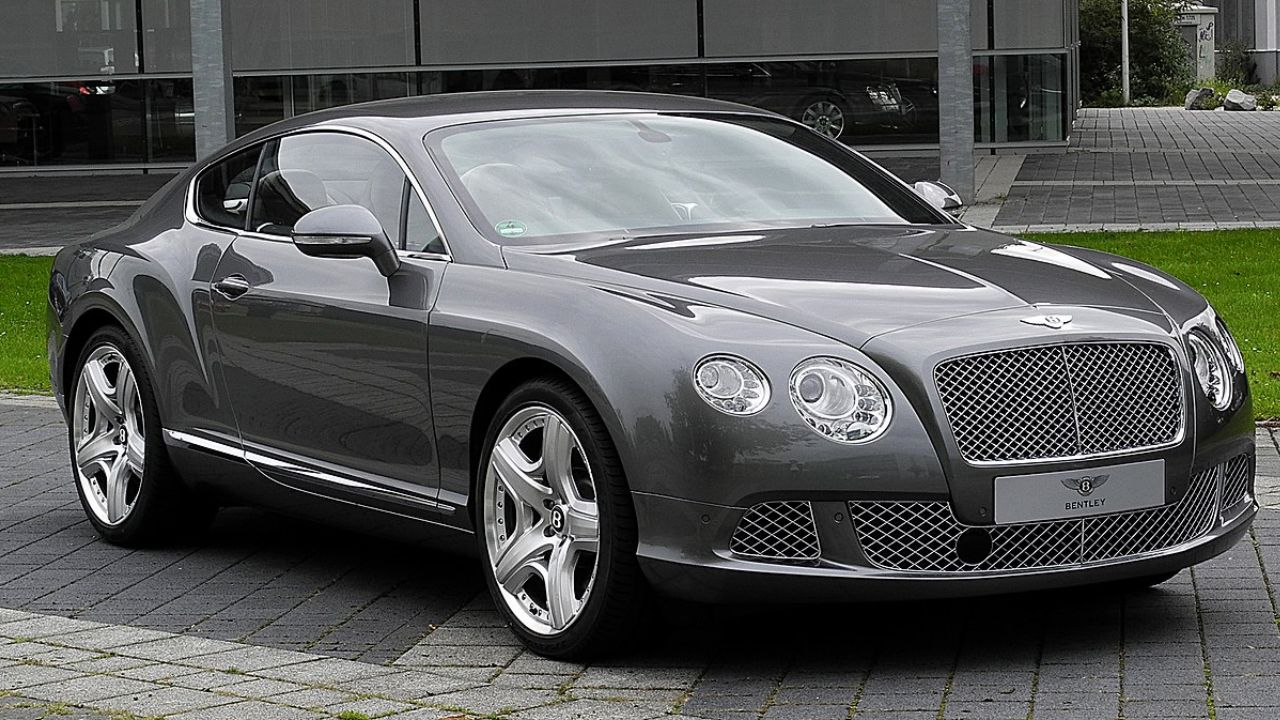
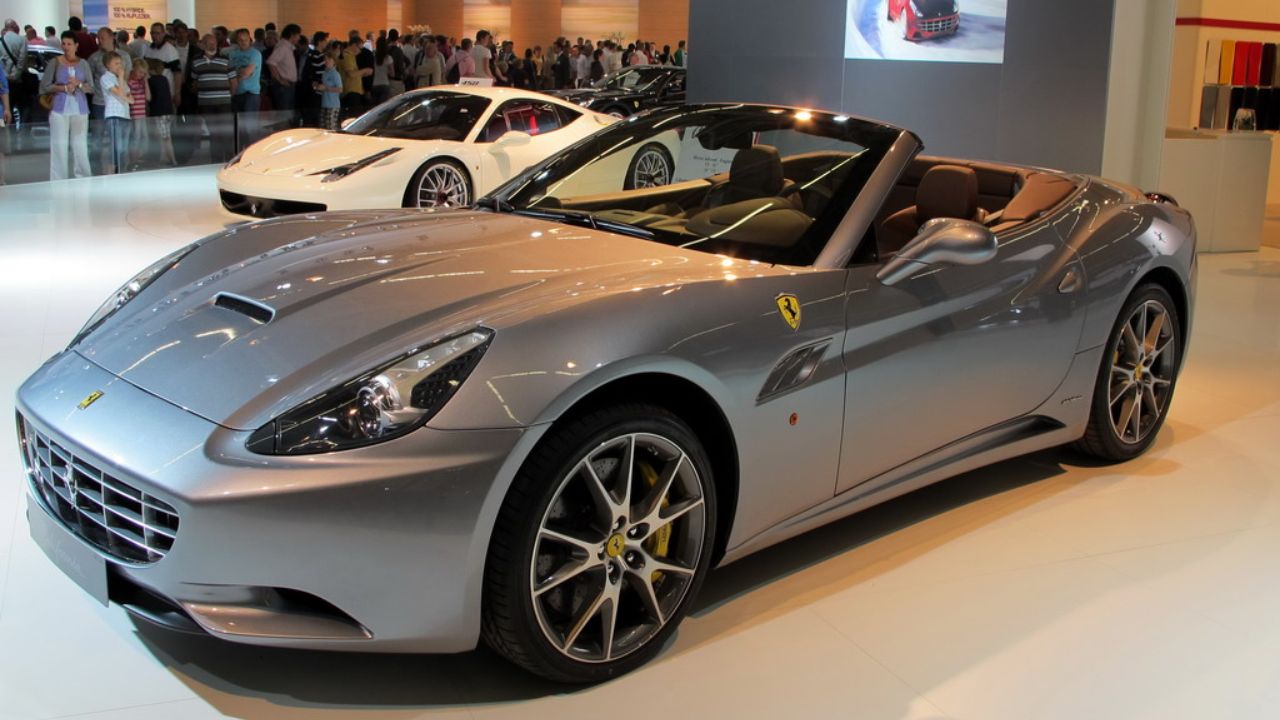
Leave a Reply